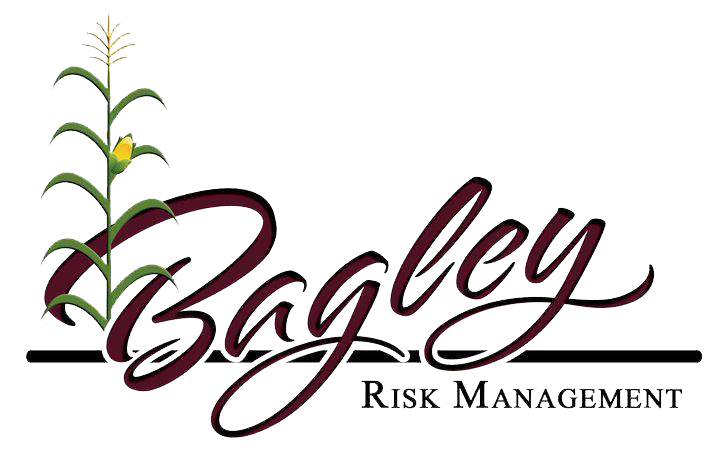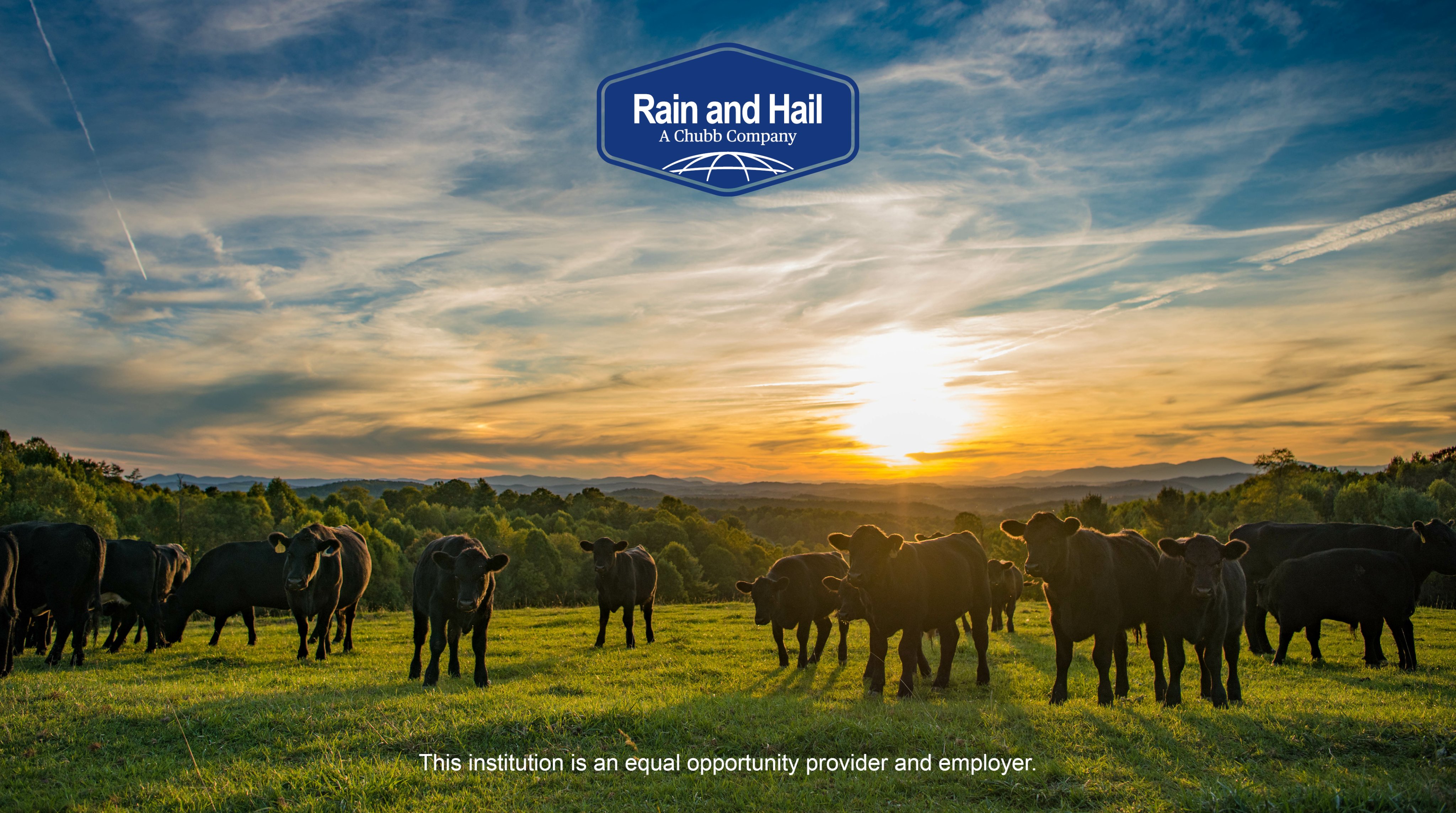Strategic Collaborations for Strength: Bagley Risk Management
Strategic Collaborations for Strength: Bagley Risk Management
Blog Article
Comprehending Livestock Risk Security (LRP) Insurance: A Comprehensive Overview
Navigating the realm of animals risk protection (LRP) insurance policy can be an intricate endeavor for several in the agricultural field. This kind of insurance policy provides a security internet against market fluctuations and unexpected circumstances that might impact animals manufacturers. By comprehending the intricacies of LRP insurance coverage, manufacturers can make educated choices that may guard their operations from economic dangers. From how LRP insurance policy operates to the various insurance coverage options available, there is much to discover in this extensive guide that might possibly form the means livestock producers approach danger monitoring in their companies.
Just How LRP Insurance Policy Functions
Sometimes, comprehending the mechanics of Livestock Danger Protection (LRP) insurance coverage can be complicated, yet damaging down just how it functions can give quality for ranchers and farmers. LRP insurance coverage is a danger monitoring device made to secure animals manufacturers versus unforeseen rate decreases. It's important to note that LRP insurance coverage is not a profits assurance; rather, it focuses solely on cost danger security.
Eligibility and Insurance Coverage Options

When it comes to coverage alternatives, LRP insurance policy provides producers the flexibility to choose the coverage level, coverage duration, and endorsements that finest fit their danger administration requirements. By comprehending the eligibility criteria and coverage alternatives offered, livestock manufacturers can make informed choices to handle danger successfully.
Benefits And Drawbacks of LRP Insurance Policy
When assessing Livestock Risk Defense (LRP) insurance coverage, it is crucial for animals producers to evaluate the negative aspects and benefits fundamental in this risk monitoring device.

One of the key advantages of LRP insurance coverage is its capability to give defense versus a decline in livestock costs. Furthermore, LRP insurance policy supplies a degree of adaptability, enabling producers to tailor protection degrees and plan durations to suit their specific requirements.
One limitation of LRP insurance is that it does not shield against all kinds of dangers, such as disease episodes or all-natural disasters. It is crucial for manufacturers to very carefully analyze their individual threat exposure and monetary situation to identify if LRP insurance policy is the appropriate risk management device for their operation.
Recognizing LRP Insurance Coverage Premiums

Tips for Making Best Use Of LRP Advantages
Making best use of the advantages of Livestock Danger Defense (LRP) insurance coverage needs strategic planning and positive risk administration - Bagley Risk Management. To take advantage of your LRP insurance i thought about this coverage, consider the complying with ideas:
Frequently Examine Market Problems: Stay notified regarding market patterns and rate variations in the animals industry. By checking these factors, you can make informed decisions concerning when to purchase LRP protection to protect versus potential losses.
Set Realistic Coverage Degrees: When choosing insurance coverage degrees, consider your manufacturing costs, market value of livestock, and potential risks - Bagley Risk Management. Setting sensible protection levels makes sure that you are sufficiently secured without overpaying for unneeded insurance
Expand Your Insurance Coverage: Rather than relying entirely on LRP insurance policy, think about diversifying your danger management approaches. Incorporating LRP with various other danger management devices such as futures contracts or alternatives can give extensive protection against market unpredictabilities.
Testimonial and Readjust Protection On a regular basis: As market conditions alter, periodically review your LRP insurance coverage to ensure it aligns with your existing danger direct exposure. Changing insurance coverage levels and timing of acquisitions can help maximize your danger protection approach. By adhering to these ideas, you can maximize the benefits of LRP insurance policy and guard your livestock operation versus unexpected risks.
Final Thought
Finally, animals danger protection (LRP) insurance is a valuable tool for farmers to take care of the economic risks associated with their animals operations. By understanding just how LRP functions, eligibility and insurance coverage options, along with the pros and cons of this insurance policy, farmers can make educated choices to protect their source of incomes. By carefully considering LRP premiums and carrying out strategies to take full advantage of advantages, farmers can minimize prospective losses and make certain the sustainability of their operations.
Livestock producers interested in obtaining Livestock Threat Protection (LRP) insurance policy can explore a variety of qualification requirements and coverage options tailored to their particular livestock operations.When it comes to insurance coverage choices, LRP insurance coverage supplies manufacturers the Read Full Report adaptability to pick the coverage level, coverage duration, and endorsements that ideal match their threat monitoring requirements.To comprehend the intricacies of Animals Danger Security (LRP) insurance coverage completely, comprehending the factors influencing LRP insurance premiums is important. LRP insurance premiums are determined by various aspects, consisting of the coverage level chosen, the anticipated rate of animals at the end of the protection duration, the kind of animals being insured, and the length of the protection period.Testimonial and Readjust Insurance Coverage On a regular basis: As market conditions alter, regularly evaluate your LRP insurance coverage to guarantee it lines up with your current risk direct exposure.
Report this page